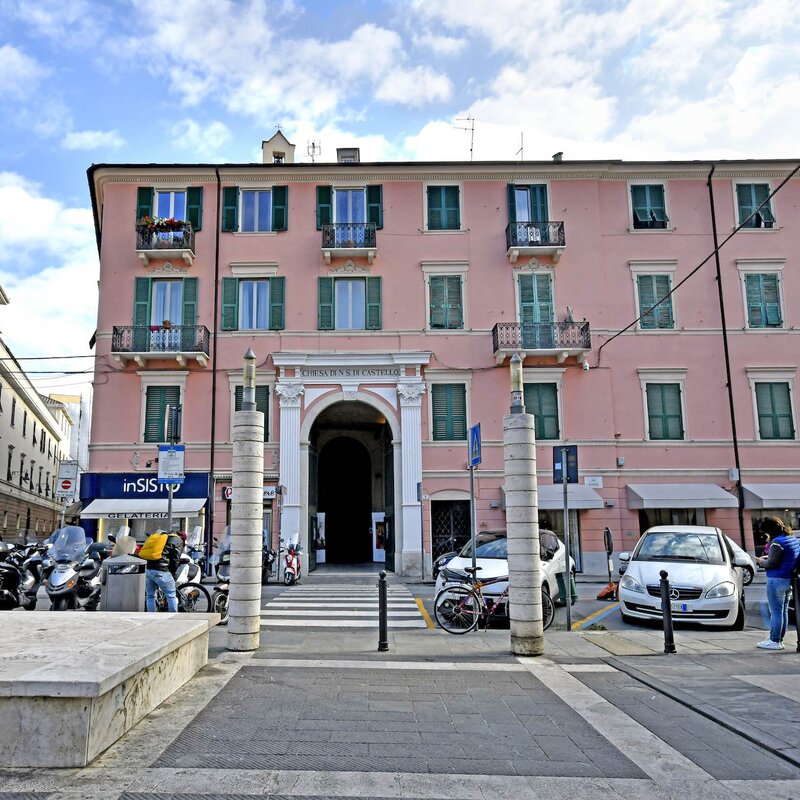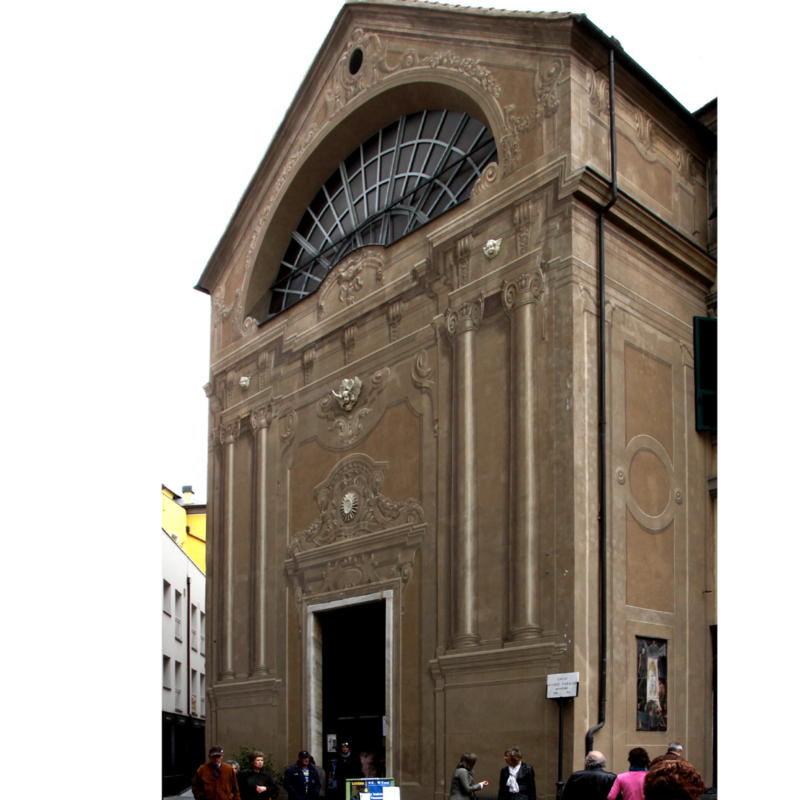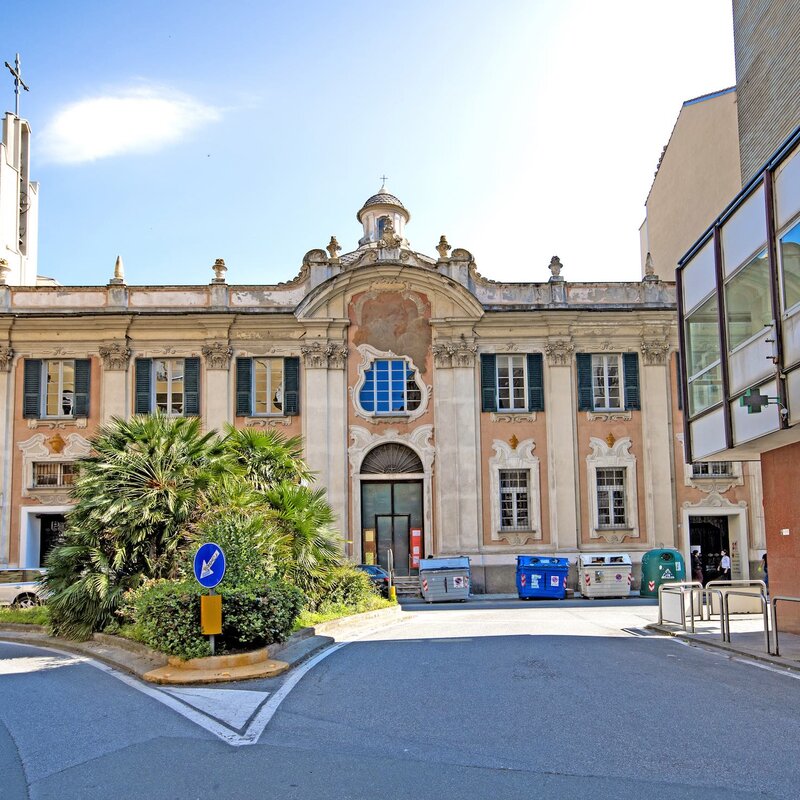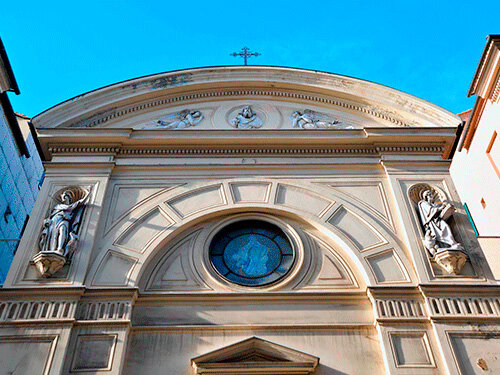Oratory of the Archconfraternity of the most Holy Trinity
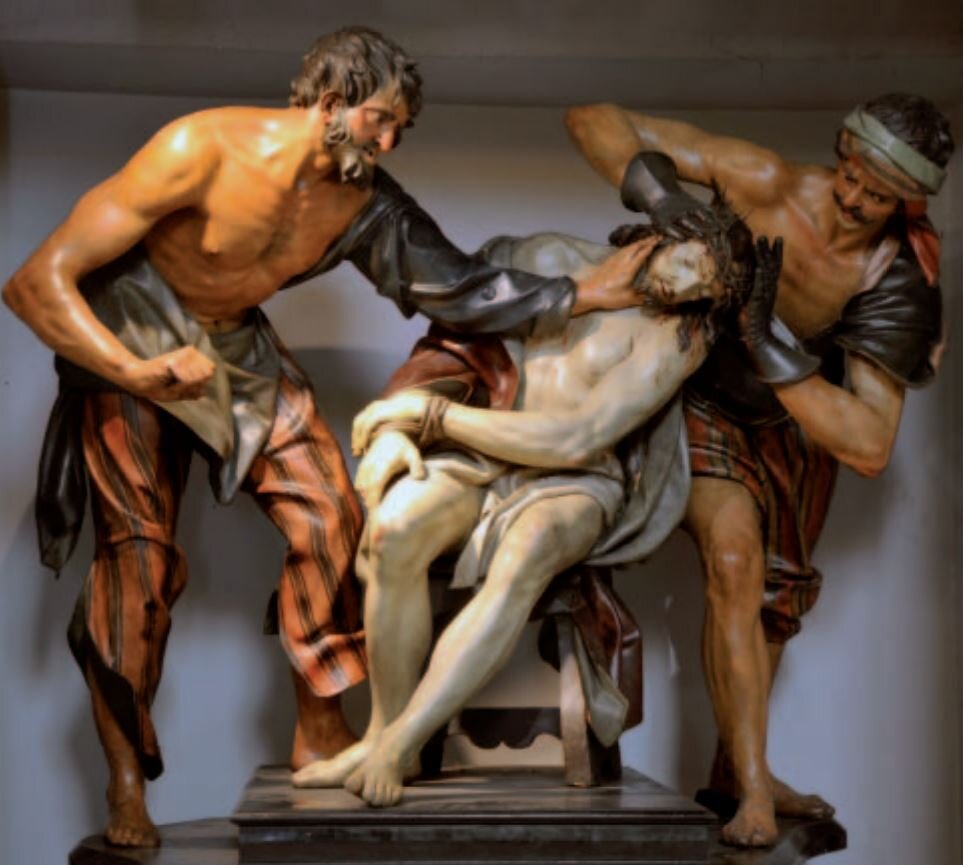
As from 1542, many of the religious buildings in the area were pulled down, to make space for the new Fortress. The fate of the Oratorio dell’Arciconfraternità della Santissima Trinità (Oratory of the Archconfraternity of the Most Holy Trinity) was no different, forcing its members to move to a temporary seat opposite the church of San Francesco, up until 1589. In that year, they were expropriated once again and moved to the church of San Giuliano (in the Cassari neighbourhood), donated to them by the wool guild, where they remained for a few centuries.
During the 17th century, the confraternity lived a period of prosperity, during which its seat was embellished with prestigious artwork, including an Ecce Homo processional float by Giovanni Andrea Torre, later lost to bombing during World War II. In 1815, following the arrival of the French troops, the brothers were forced to return to the church of San Giuliano, from which they were definitively expropriated in 1872 due to rehabilitation works undertaken in the neighbourhood. Initially, they were based in the church of Santa Croce dei Padri Serviti dell’Osservanza, This church was later demolished to make space for the Nautical School, forcing its members to find refuge in the church of San Filippo Neri, later destroyed during a bombing raid in 1943.
In 1945, the Archconfraternity found hospitality in the seat of the Confraternity of the Risen Christ, eventually moving to its current location in the Augustinian church of Nostra Signora della Consolazione and Santa Rita in 1995. This building was erected by order of the Augustinian monks at the end of the 15th century, its 19th century façade giving it an austere appearance. During the Good Friday procession, the brothers, wearing a red cape, carry a statue of Our Lady of Sorrows by Filippo Martinengo and a processional wooden float with a Holy Cross.
